Picture this: you come home to find your favorite shoes shredded, cushions torn apart, and your usually well-behaved pup giving you those guilty eyes. Before you assume your dog has suddenly turned rebellious, consider this: they might just be incredibly bored. Like humans, dogs need mental stimulation and engaging activities to feel fulfilled. Without them, even the most loyal companion can turn into a four-legged tornado of destruction.
Studies have found that animals, similar to humans, become bored and can develop signs of depression or anxiety if left under stimulated for long periods of time. The good news? Once you learn to recognize the telltale signs and discover some creative solutions, you can transform your restless pup into a content, well-adjusted member of your family. Let’s dive into the warning signals and explore some fantastic ways to keep that tail wagging with joy.
Destructive Chewing and Tearing
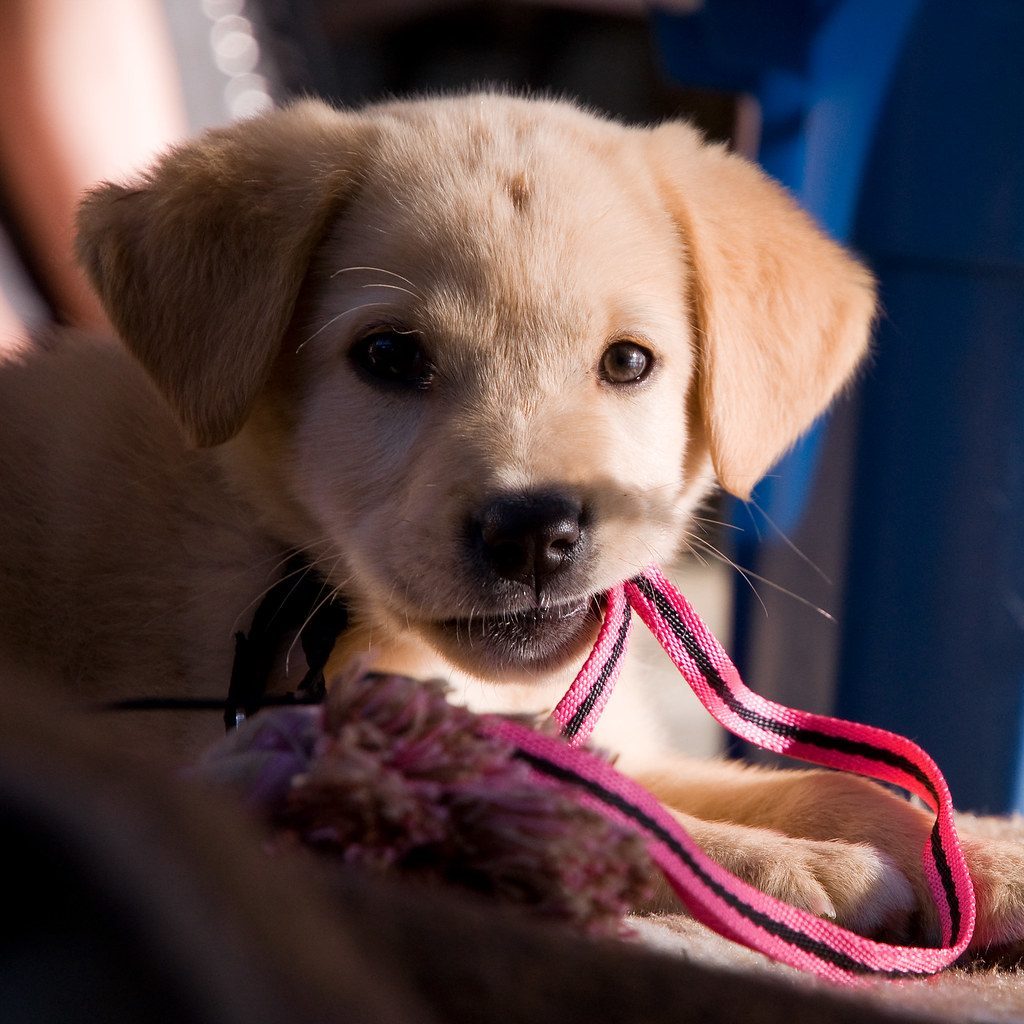
When your normally well-behaved dog suddenly develops a taste for furniture legs or your favorite sneakers, boredom might be the culprit. When left to their own devices, bored dogs will chew furniture and shoes, shred pillows, or even unroll your toilet paper, doing whatever they can find to pass the time.
This isn’t malicious behavior, it’s your dog’s way of creating their own entertainment. Chewing is a natural behavior, but excessive chewing can be a sign of boredom in dogs… Others chew on furniture or shoes. Think of it like a human stress-eating or fidgeting when anxious or understimulated.
Excessive Barking and Whining

If your dog has suddenly turned into the neighborhood’s unofficial announcer, barking at everything and nothing, they might be telling you they need more stimulation. One of the reasons why dogs bark is because of boredom: an under-stimulated dog builds up excitement, which is not only satisfied by barking… but barking further stimulates that excitement. This leads to more barking, more excitement, more barking, etc.
This creates a frustrating cycle where boredom leads to barking, which temporarily relieves the boredom but ultimately makes the problem worse. Especially if it’s more frequent or intense than usual, this behavior can be disruptive and indicative of a need for more stimulation.
Restless Pacing and Wandering
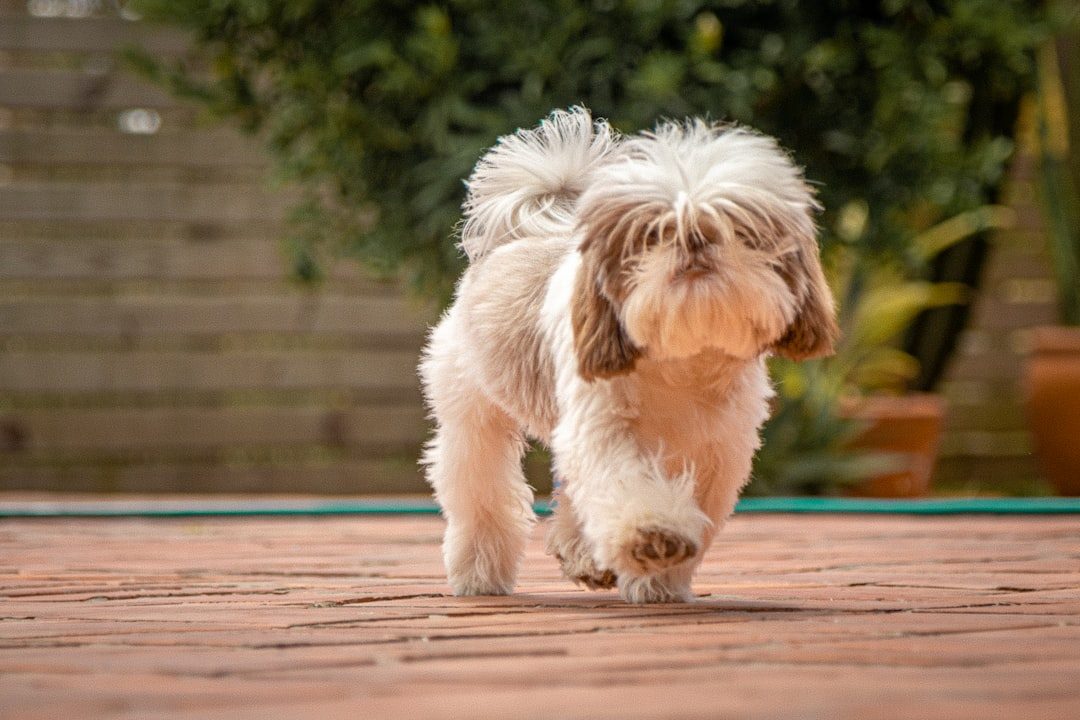
Does your dog wander aimlessly around the house or pace back and forth near the door? This kind of restlessness is often a sign that they need something to do – whether it’s exercise, playtime, or a good ol’ sniffari in the yard.
Behaviours like pacing (where you can see a visible path next to your fence or in a particular pattern around your garden), circling, or over-excited greetings are other signs of boredom. You might notice your dog can’t seem to settle in one spot, constantly moving from room to room looking for something interesting to happen.
Attention-Seeking Behaviors

If your dog barks, whines, jumps or nips at you many times each day, though, that may be his way of saying, “I’m bored. Pay attention to me!” If your dog is constantly bugging another pet in your household, that can be a sign of boredom, too.
While some affection is always welcome, constant pawing, nudging, and jumping can signal that your dog desperately needs more engagement. Jumping on you, pawing at your legs, nudging you while you’re trying to work – these behaviors may be cute at first, but they’re often your dog’s way of saying, “Hey, I’m bored over here!”
Obsessive Licking and Self-Grooming

Licking the floor becomes a potential problem when it lasts longer than a few minutes, is habitual, or is happening more frequently. It’s a repetitive behavior that signals something may be amiss. This can extend to excessive licking of paws, legs, or other body parts.
Boredom can manifest along with relief behaviours like incessant licking or chewing. If your furry friend licks or chews himself to the point of losing fur or developing sores, this can lead to a cycle of licking for pain relief, which can further worsen the problem. It’s their way of self-soothing when they don’t have enough mental stimulation.
Excessive Digging

While some breeds naturally love to dig, Digging habitually, however, can indicate a lack of stimulation… If left outdoors, that can translate to excessive digging. Your once-pristine garden might suddenly look like an archaeological site.
Digging is another normal behavior that can get out of hand… This gets into a deeper issue: People assume the yard is fun, but for most dogs, the yard is boring (been there, sniffed that), which leaves them desperate for something to do. Even indoor dogs might start digging at carpets or furniture when they’re understimulated.
Changes in Appetite

Boredom can affect your dog’s relationship with food in surprising ways. Eating too much and begging could suggest your pet needs more entertainment. Some dogs might become food-obsessed when they’re bored, constantly begging for treats or meals.
On the flip side, A sudden lack of interest in food can sometimes be linked to boredom, particularly if your dog’s environment lacks stimulation. Just like humans might lose their appetite when depressed, dogs can sometimes show disinterest in meals when they’re not mentally engaged.
Sleeping More Than Usual

It depends on dog, but yes – some dogs will experience boredom and simply switch off: they will choose to sleep if they don’t have anything to do. In general, dogs tend to sleep a lot during the day, but if your dog is sleeping excessively, it may be a reaction to being bored.
Sure, dogs love their naps. But if your pup is snoozing all day out of sheer boredom (and not just because they ran a doggie marathon), it might be a sign that they’re lacking enough engagement or stimulation during the day. It’s their way of passing time when nothing interesting is happening.
Puzzle Toys and Food-Dispensing Games
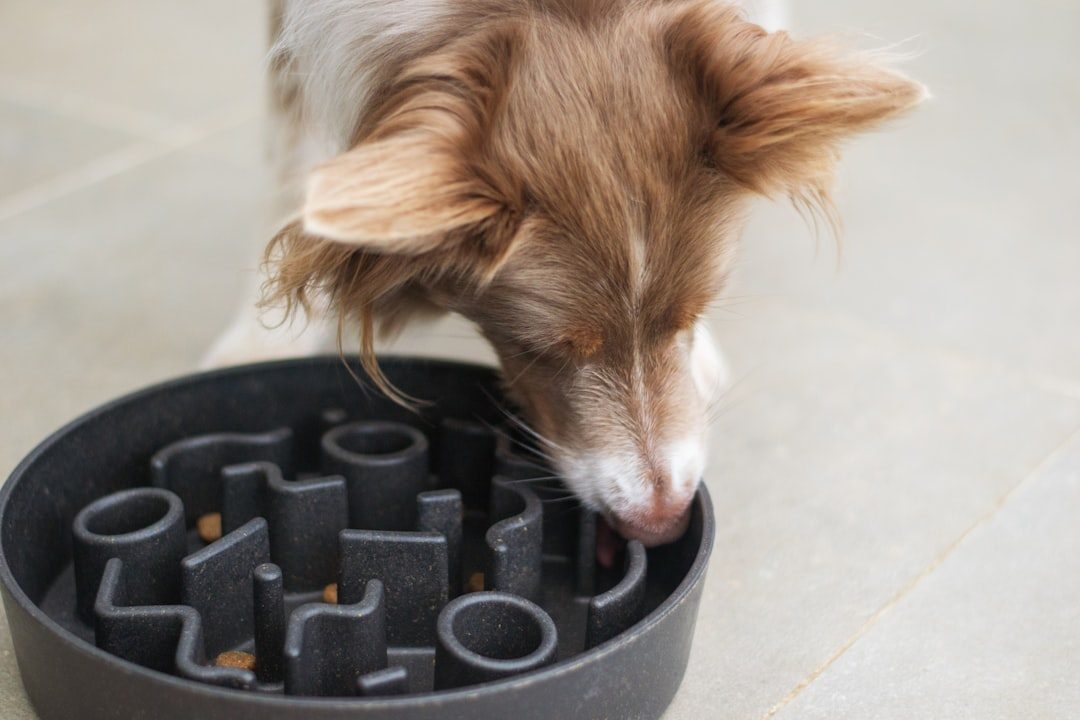
Puzzle toys and food dispensing toys are great for mental stimulation (as well as dogs who gobble up their meals too fast!) Your dog needs to “solve” the puzzle, by tilting or shaking the puzzle toy to knock the kibble out before they can eat it. These brilliant inventions turn mealtime into an engaging brain game.
If treats or food easily motivate your dog (like many of my Labrador patients), then the best mental stimulation toy for your dog may be treat dispensing toys. Just like many puzzle games, these toys are designed to dispense a treat or piece of food when the dog plays with it. Start with easier puzzles and gradually increase the difficulty as your dog masters each level.
Hide-and-Seek Adventures
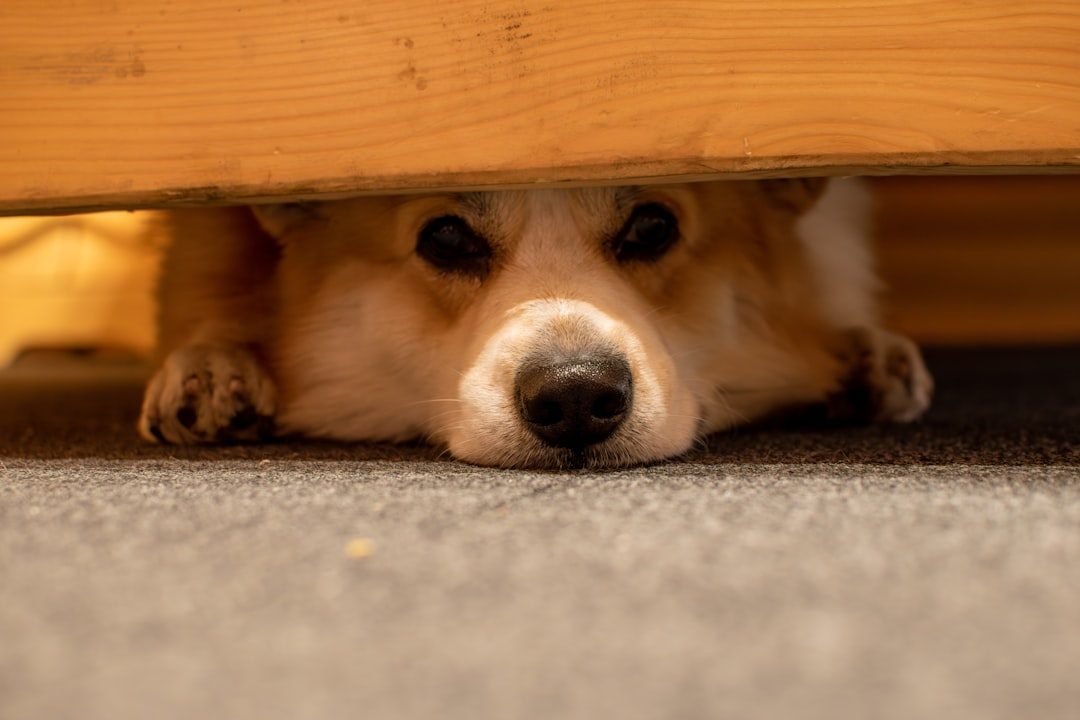
This isn’t just a kids’ game! It’s a fun game to play with your dog – with you being the ultimate reward. Ask your dog to sit and stay while you take your time finding the perfect hiding spot. When you’re ready, ask your dog to come and find you.
You can also play hide-and-seek with treats or toys. To play hide and seek, your dog should be able to “sit” and “stay” while you hide the treat or toy. First, show your dog the item (or treat) they will be searching for and allow them to smell it. Next, tell them to “sit” and “stay” while you hide the object in another location… Finally, use a release phrase like “go” or “find it” and allow your pup to start sniffing and searching.
Scent Work and Sniffing Games
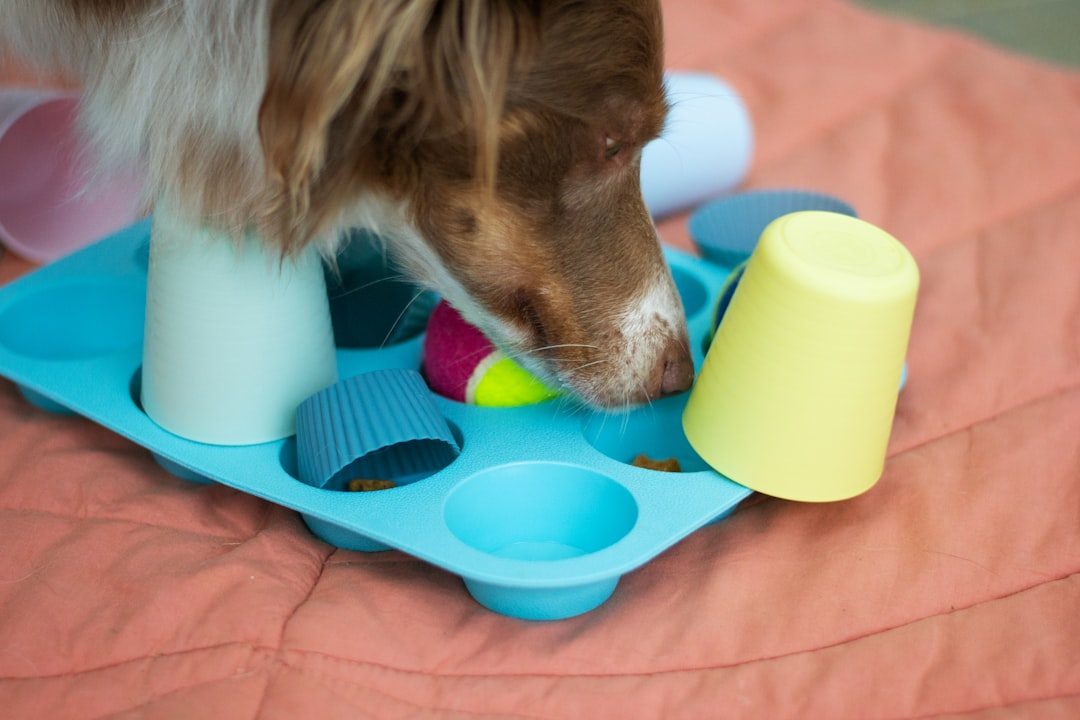
Sniffing and exploring is a really good way to mentally stimulate a dog. Experts say that 20 minutes of sniffing can be equivalent to an hour’s worth of a walk with regards to enrichment. This might surprise you, but mental exercise can be just as tiring as physical exercise.
Scatter feeding is where you take portions of your pets dry food and hide them around the house. Put your dog in one room, hide the food in small piles around the house or yard, then release them to go find it all. Like other feeding exercises and games, this requires mentally stimulating nose work. Your dog’s incredible sense of smell becomes their entertainment system.
Rotate Toys Regularly

This simple trick keeps your dog’s toys exciting and helps prevent boredom. Each week feels like they’re getting the toys for the first time. Instead of leaving all toys out at once, try keeping only a few available and switching them out every few days.
Just like children, dogs like new things. By rotating your dog’s toys, you can make the toys seem much more interesting! Stash some of your dog’s toys in a cupboard for a couple of days, and then swap them over to give your dog something new to play with. This costs nothing but keeps your dog’s interest peaked.
DIY Enrichment Activities
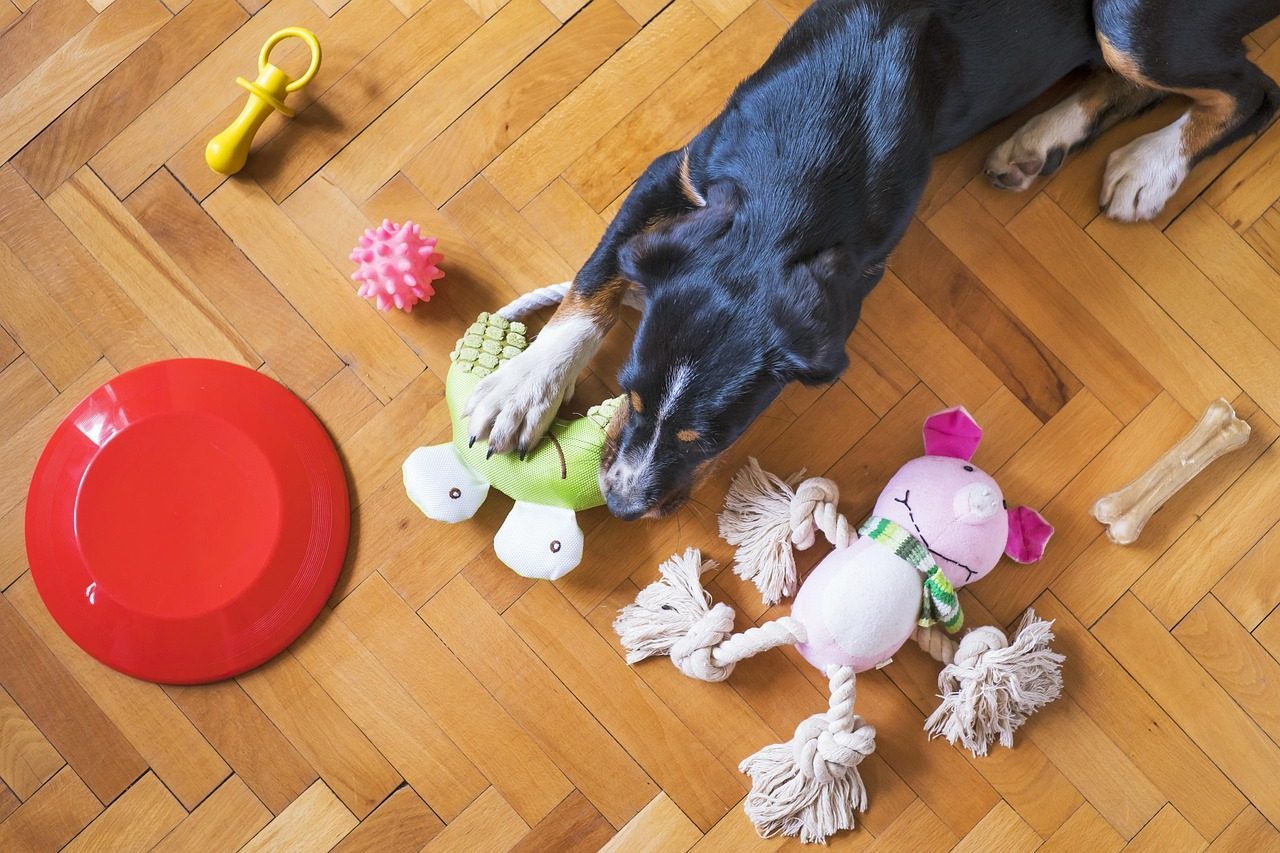
Towel hide: If you have any old teatowels or towels, it is really fun to roll up some treats in a towel. Place a couple of treats at one end, fold it over, and add another, fold it over etc etc. Your dog will love unraveling this homemade puzzle.
Drop treats or stuffed toys into a large cardboard box filled with empty water bottles. The dog must search in the box to recover the treats/toys. Because the bottles move and make noise, the game can help build confidence. Common household items become exciting entertainment centers with a little creativity.
Training Sessions and Trick Learning
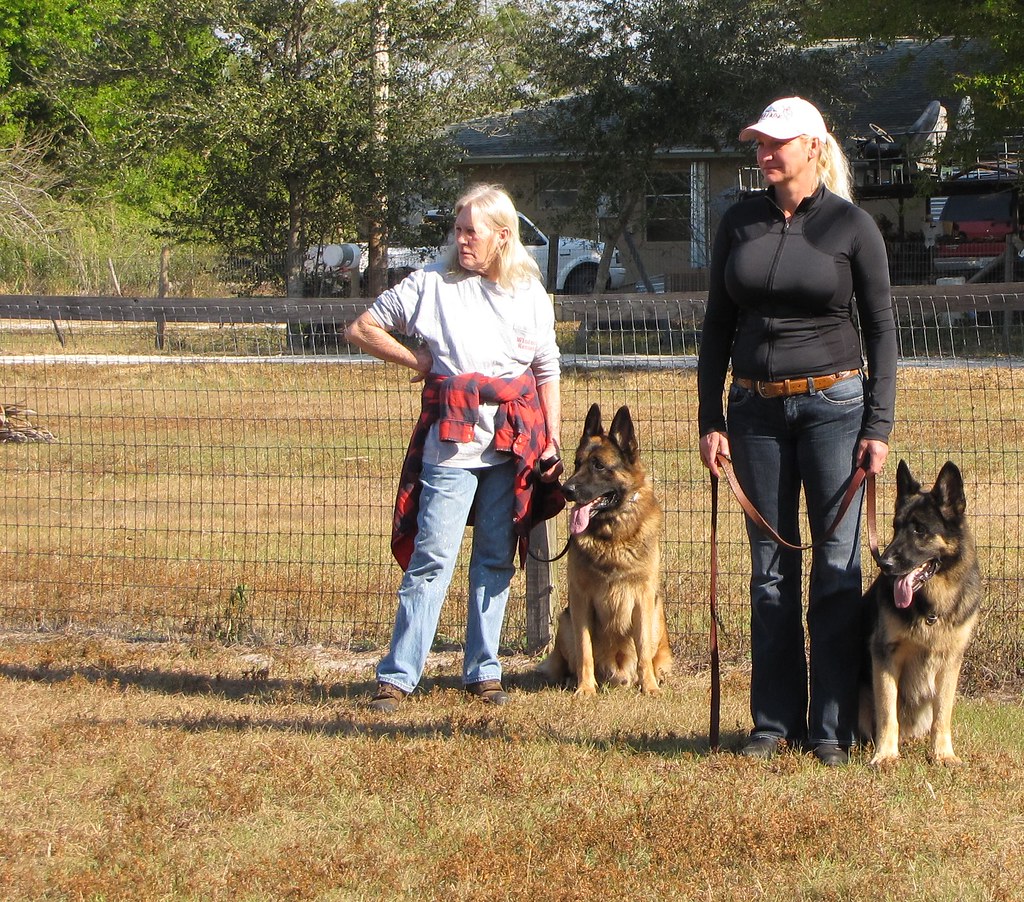
Training is a phenomenal way to mentally stimulate and exhaust your dog. Teaching new commands or tricks isn’t just about obedience, it’s about giving your dog’s brain a workout that can be more tiring than a long walk.
Training Sessions: Teach your dog new tricks or reinforce existing commands to keep their mind active. This type of work stimulates their mind and many dogs feel satisfied after working for treats/ food. Even five to ten minutes of training can make a significant difference in your dog’s mental state.
Create Exploration Opportunities
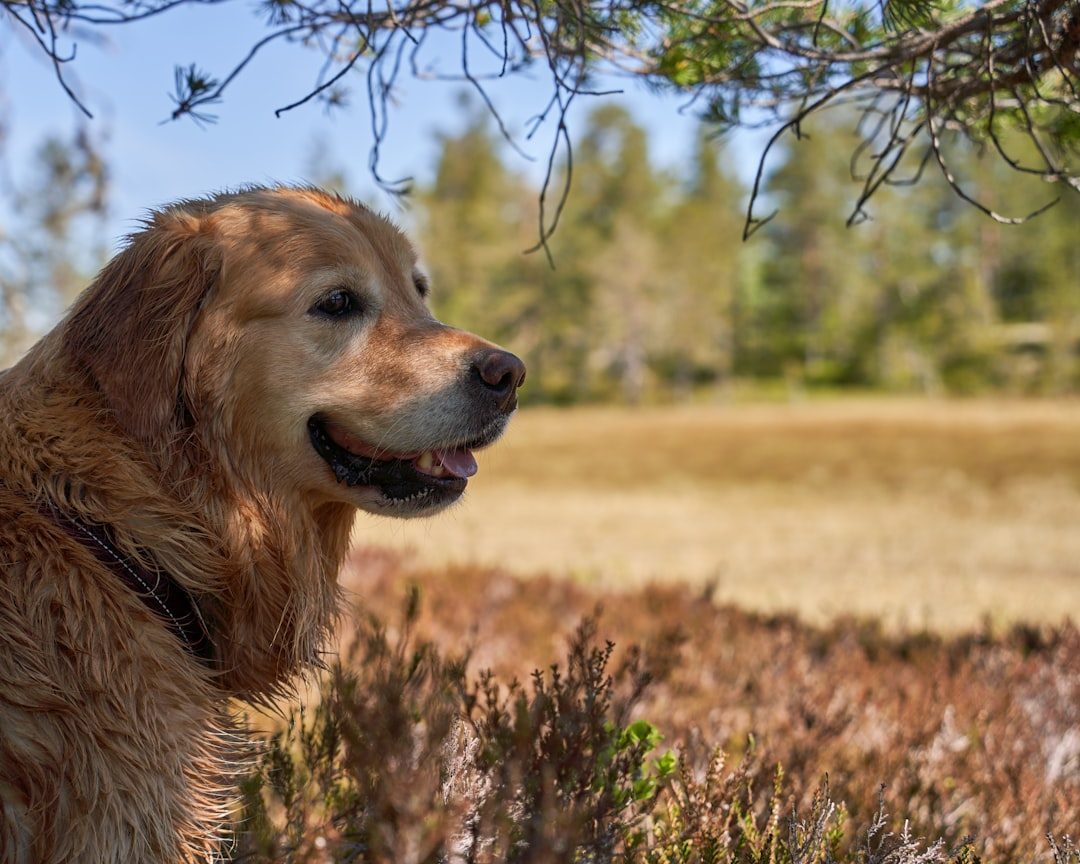
Make sure your dog is getting to visit and explore brand new places. Most dogs will find experiencing a range of environments enjoyable and it will be incredibly beneficial too. That is because the different sights, sounds and smells will stimulate their senses.
This doesn’t mean you need to travel far. Give them the opportunity to walk on different surfaces, smell and even taste (as long as they are safe and dog-friendly, of course) new things. Even taking a different route on your daily walk can provide new sensory experiences that keep your dog mentally engaged.
Agility and Obstacle Courses

Agility can be a mentally and physically stimulating brain game for your dog. You can easily make an obstacle course out of common household objects that are safe for dogs, or buy a dog agility set… Set up your dining room chairs and have your dog weave through them, or set up a broom or mop to have them jump over.
Your dog will be following your cues to get through the course, but they’ll be having so much fun that they won’t even realize you’re training them! Start simple and gradually increase complexity as your dog becomes more confident and skilled.
Recognizing boredom in your furry friend and addressing it doesn’t require expensive equipment or hours of your time. The key is understanding that Mental stimulation is just as important for dogs as physical exercise… Mental exercises can actually make dogs even more tired than physical exercise. By incorporating even a few of these activities into your dog’s routine, you’ll likely see a dramatic improvement in their behavior and overall happiness.
Remember that every dog is unique, so experiment with different activities to discover what your pup enjoys most. Just like us, dogs are individuals… Most people like a balance of physical and mental stimulation… So do our dogs. The bond you’ll build while engaging your dog’s mind will be just as rewarding for you as it is entertaining for them.
What do you think about these signs and solutions? Have you noticed any of these boredom behaviors in your own dog? Tell us in the comments what activities work best for keeping your furry friend happy and engaged!

Gargi from India has a Masters in History, and a Bachelor of Education. An animal lover, she is keen on crafting stories and creating content while pursuing a career in education.






